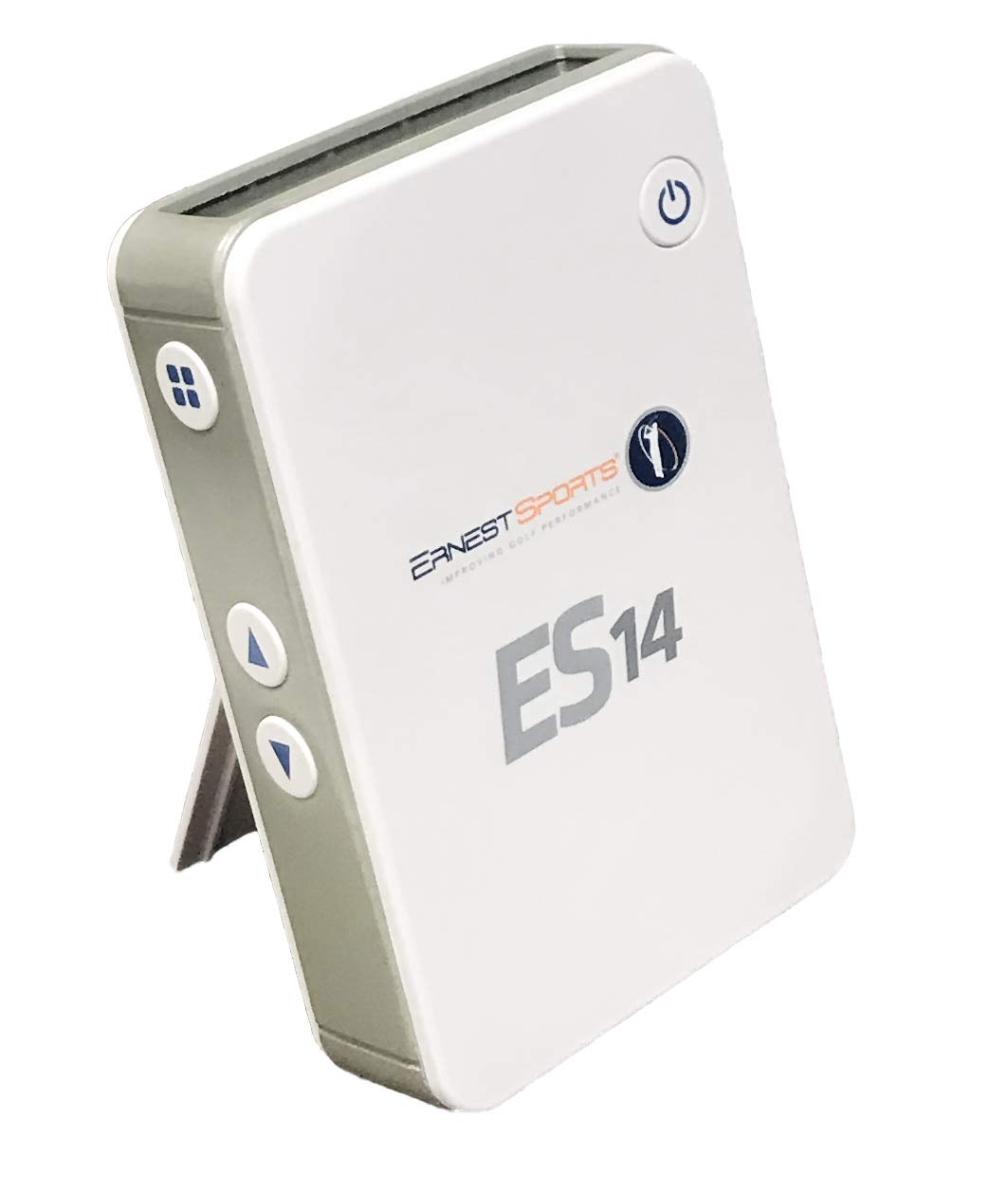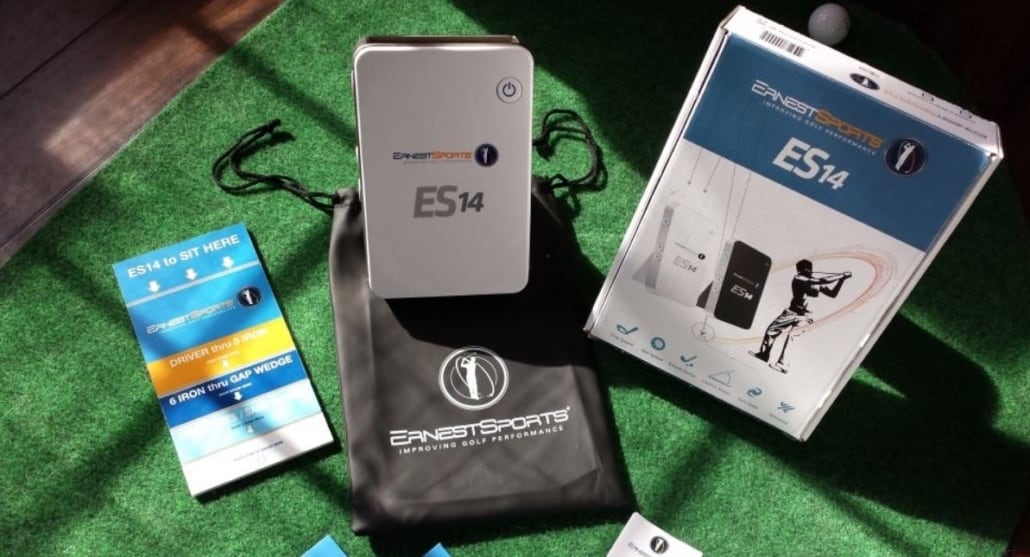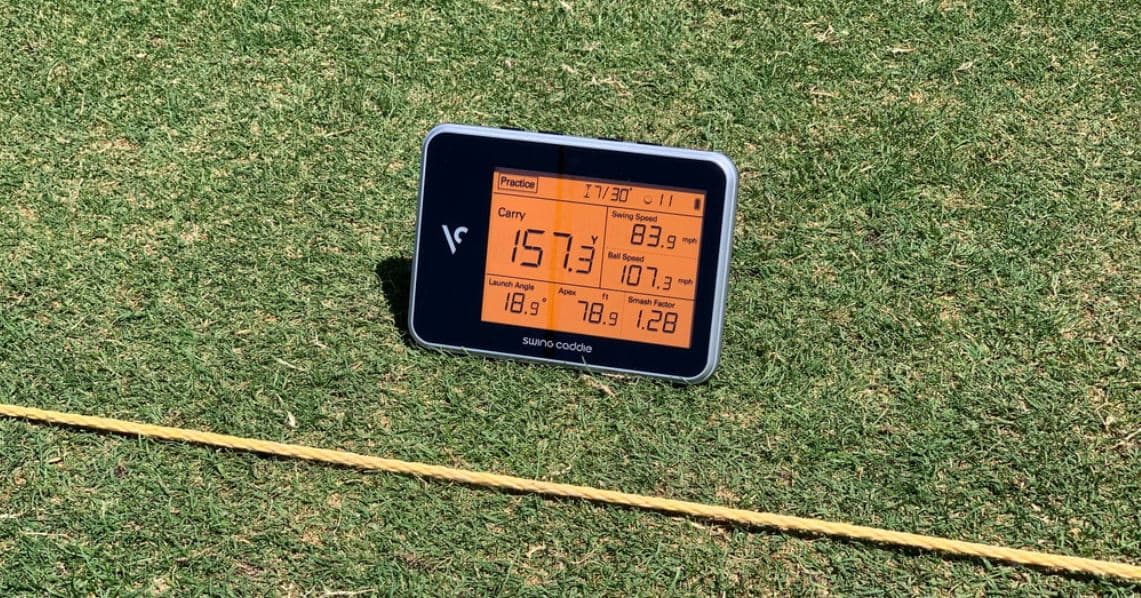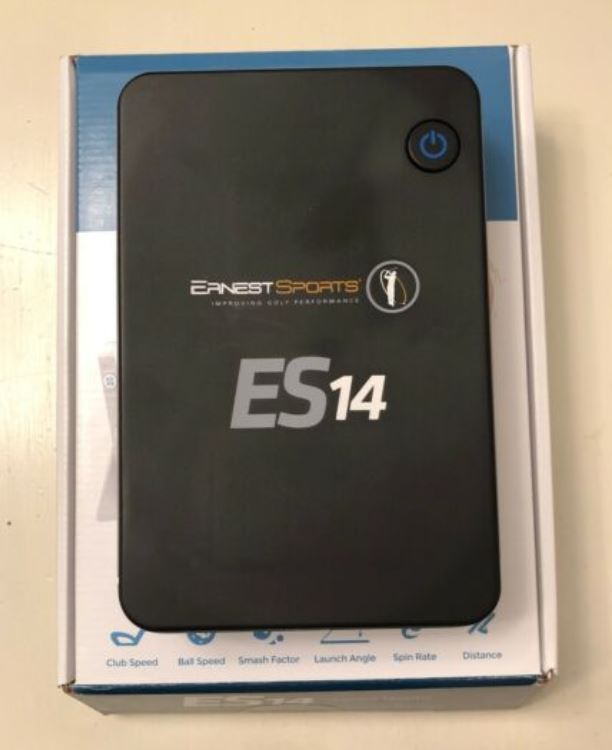ES14 vs SC300– What’s The Better Buy?
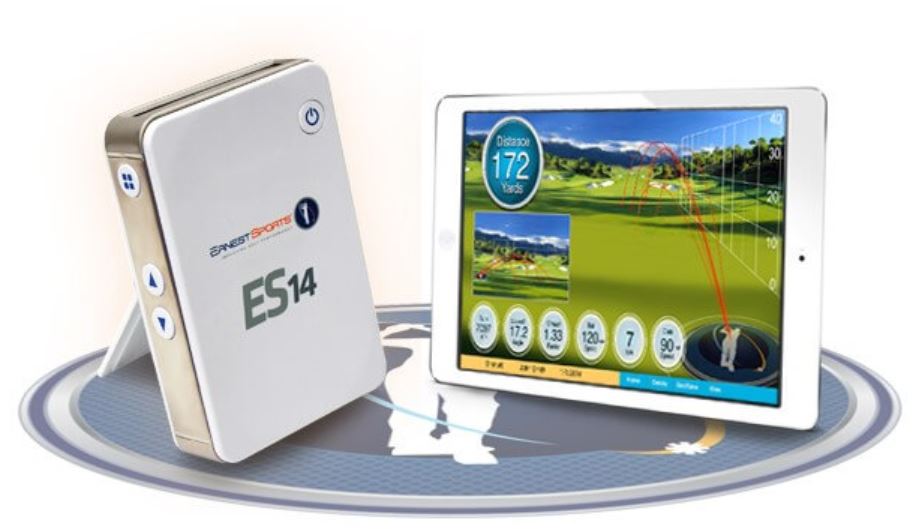
Golf launch monitors can really help you lower your handicap. If you have never used one before but are interested to know what they’re all about, today’s review is for you. If you are in the market for a new launch monitor and are having trouble deciding, this will be a good read for you too.
For the uninitiated, golf launch monitors can help you gage repeatable club distances so you know which clubs to use when you are playing a real round. They also help you correct hitches in your swing and tell you the distances of your shots. In short, they are aids to a better game.
But there are a lot of devices out there so to help you sort a couple of them out, we have reviewed two of the most popular golf launch monitors on the market today.
The ES-14
The Ernest Sports ES-14 is a highly portable golf launch monitor. It has a small on-board display screen so you can instantly read data like smash factor, club speed and of course, the estimated distance of each shot you take.
And if you want effortless shot information, you can turn on the voice function of the ES-14 and an automated voice will read out your shot distances for you automatically.
The way the ES-14 works is through a combination of radar sensors and on-board, high-speed cameras. The data registered by the radar and the cameras is then fed to a connected device like a phone or a tablet for in-depth review and analysis.
Some of the metrics the ES-14 tracks include smash factor, launch angle, ball speed, club speed, spin rate and total distance. All of the data is stored in the free smartphone app that comes with your purchase of the Ernest Sports ES-14.
The device itself can be angled via a kickstand-like attachment at 60, 45 and 75 degrees. It is powered by a 9 volt battery.
The ES-14 Pros & Cons
Pros:
- Can be used indoors and outdoors
- Don’t have to look down at it to get distance data
- You only need about 6 feet of clearance space to use it
- Android and iOS compatible
- Easy set-up
- Essential shot metrics
Cons:
- No rechargeable battery
- Not very accurate with fairway woods
- Display screen is hard to read in the sun
- Set up process is a bit lengthy
Check Out More Reviews Here:
The Swing Caddie SC300
Unlike the Ernest Sports ES-14, the Swing Caddie SC300 relies solely on Doppler radar for its readings. As such, it can also be used both indoors and outdoors. Another similarity between these 2 devices is that the Swing Caddie SC300 also has a voice feedback feature that can automatically read out shot distance.
But unlike the ES-14, the Swing Caddie SC300 can actually measure atmospheric pressure when used outdoors. It uses the Doppler radar to help calculate shot distances and carry while taking into account atmospheric conditions.
The Swing Caddie SC300 also has a larger, backlit display screen that is easy to read. Right on the screen, you can see carry distances, launch angle, swing speed, ball speed, apex height and smash factor. There are also different modes to choose form including “Practice” and “Play.”
And switching between these modes is easy with the Swing Caddy SC300 because it includes a remote control. You don’t have to bend down to manually interact with the device to toggle between screens, switch your clubs or adjust the voice volume. Simply use the remote from wherever you are.
The Swing Caddie SC300 Pros & Cons
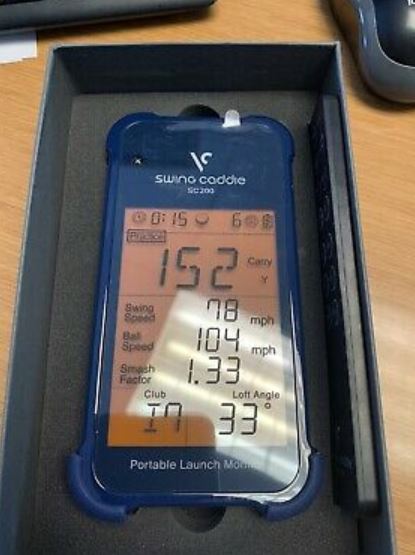
Pros:
- Comes with a rechargeable battery (via USB cable)
- Convenient remote control
- Accurate to within 5-10 yards
- The Swing Caddy app also includes ball spin data
- Compatible with iOS and Android
- Great device for developing swing consistency
Cons:
- Loses accuracy indoors
- Needs a lot of indoor clearance space
- Not very accurate with wedges
- The screen would freeze sometimes
Check Out More Reviews Here:
Measurements
With the Ernest Sports ES-14 you get:
- Shot distance
- Club head speed
- Launch angle
- Ball speed
- Spin rate
- Smash factor
- Shot distance
The Swing Caddy SC300 gives data on:
- Carry distance
- Launch angle
- Swing speed
- Apex height
- Spin rate
- Ball speed
- Total distance
Performance Comparison
Because the ES-14 uses both cameras and radar technology, it actually worked better indoors than the Swing Caddy SC300 did. The ES-14 was pretty accurate with our drivers, woods and irons. Neither of these devices were very helpful when it came to putting, however.
But as far as outdoor performance goes, the Swing Caddy SC300 had the slight edge thanks to its atmospheric sensors. It gave incredibly accurate carry distances. But it did suffer a bit when it came to our PW’s. It seemed to measure most of our wedge shots only up to about 90 yards.
We did like the convenience of having the remote and the rechargeable battery with the Swing Caddy SC300. But the app that comes with the Ernest Sports ES-14 was a bit more robust and user-friendly.
This was a tough one but basically, the Ernest Sports ES-14 is a better device for indoor use while the SC300 would be more suitable if you plan to use it mostly at the range or outside.
Price Comparison
There is pretty much no difference in price between these 2 devices. At most retailers, you can expect to pay about $500 for either of them.
Which One Should you Buy?
The answer to this question is highly subjective. On the one hand, you have the superior convenience and outdoor performance of the Swing Caddy SC300 and on the other; you have the enhanced indoor performance and the better app of the Ernest Sports ES-14.
They are both the same price so it’s a wash in that department. It will basically come down to your preferences. If you intend to use a launch monitor to help you get through the winter months of no outdoor play, go with the ES-14.
Get The Best Price On The ES-14 Here:
But if you want a launch monitor that you can use more comfortably and accurately outside, check out the Swing Caddy SC300.

